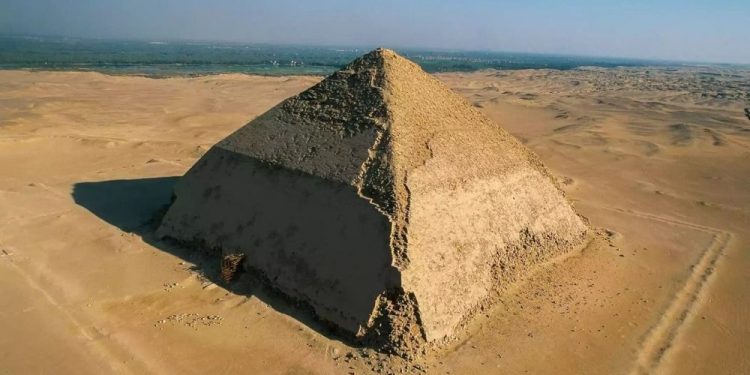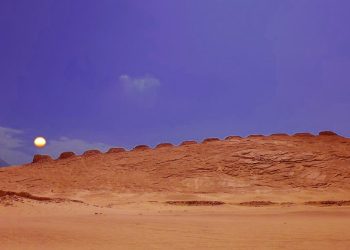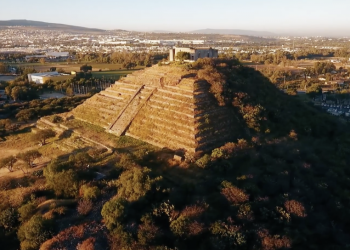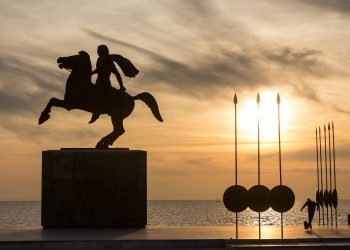Everyone thinks of the Pyramids of Giza or the Valley of the Kings in Egypt. And it is normal – these are some of the most iconic symbols of ancient history. However, hundreds of other ancient Egyptian megastructures often remain in the shadow of popular tourist locations.
10 Ancient Egyptian Megastructures
We have selected several important sites that should be on anybody’s bucket list but rarely get the attention they deserve.
The Bent Pyramid of Sneferu
Sneferu is not one of the well-known pharaohs, but he issued the construction of several pyramids in Dashur during his reign. The first one to be built is also one of the most unusual pyramids in Egypt due to its strange shape.
As you see from the article’s featured image, the pyramid was built in several stages and in different angles. Unlike the smooth-sided pyramids of Giza, this one has a distinctive bent shape, with its angle of inclination changing halfway up.
This abrupt shift is believed to have occurred due to structural instability, forcing builders to adjust the angle from 54 degrees to 43 degrees to prevent collapse. Despite this correction, the pyramid remains one of the best-preserved Old Kingdom pyramids, with much of its original Tura limestone casing still intact.
Additionally, recent scanning technology has revealed hidden corridors inside the Bent Pyramid, possibly used for ceremonial purposes. Some Egyptologists suggest that this pyramid was an architectural stepping stone leading to the construction of the Great Pyramid of Giza.
Red Pyramid of Sneferu
Pharaoh Sneferu built several other pyramids during his time after the Bent Pyramid we already discussed above. It is believed that he was displeased with the previous construction’s unusual appearance and wanted a “true” pyramid. In the case of the Red Pyramid, the building angle was around 43 degrees for the entire monument.
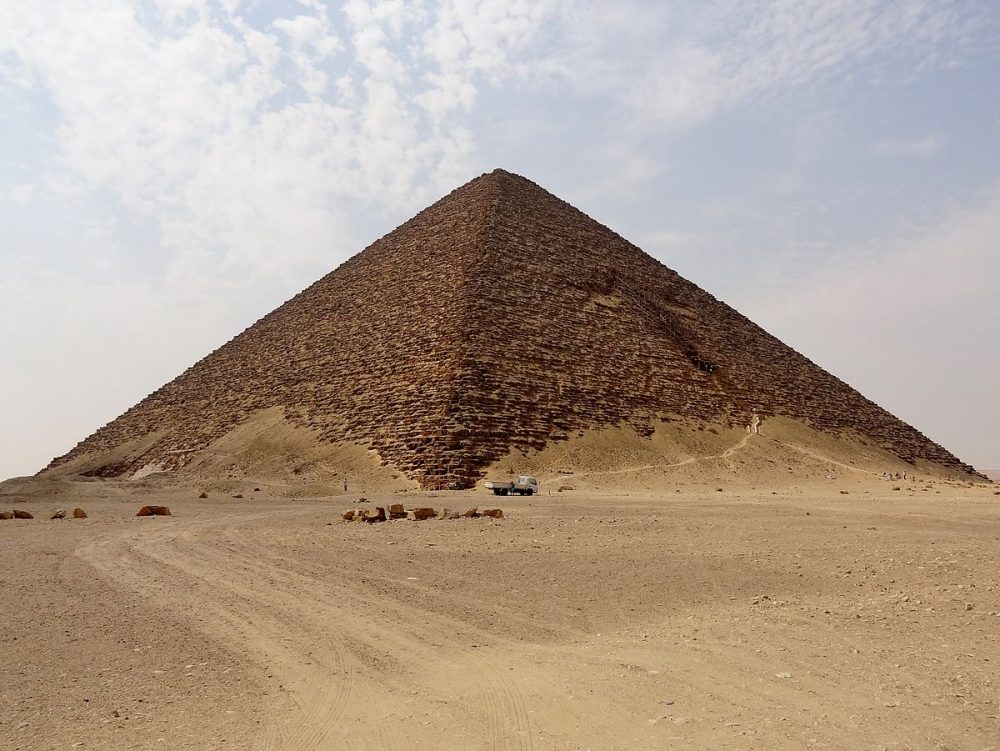
One of the most significant aspects of the Red Pyramid is its internal structure, which includes three massive corbelled chambers that demonstrate the Egyptians’ increasing mastery of load distribution in pyramid construction. The design innovations used here directly influenced the later Great Pyramid of Giza.
The pyramid also provides evidence of ritual significance beyond just being a tomb. Some archaeologists believe that the choice of red stone had symbolic meaning, possibly related to the solar cult of Ra, as red was associated with the Sun and power in ancient Egyptian mythology.
The Red Pyramid is the third-largest in Egypt. Like the ones in Giza, it was once clad with white limestone, which was later taken down and used for construction in Cairo. While this is unfortunate, it became the reason it got its modern name due to its reddish appearance.
Pyramid of Meidum
The Pyramid of Meidum was built in several stages and started as a Step Pyramid before it was turned into the first true pyramid. Unfortunately, most of the structure has collapsed; nowadays, it is hard to tell that it was ever a pyramid.
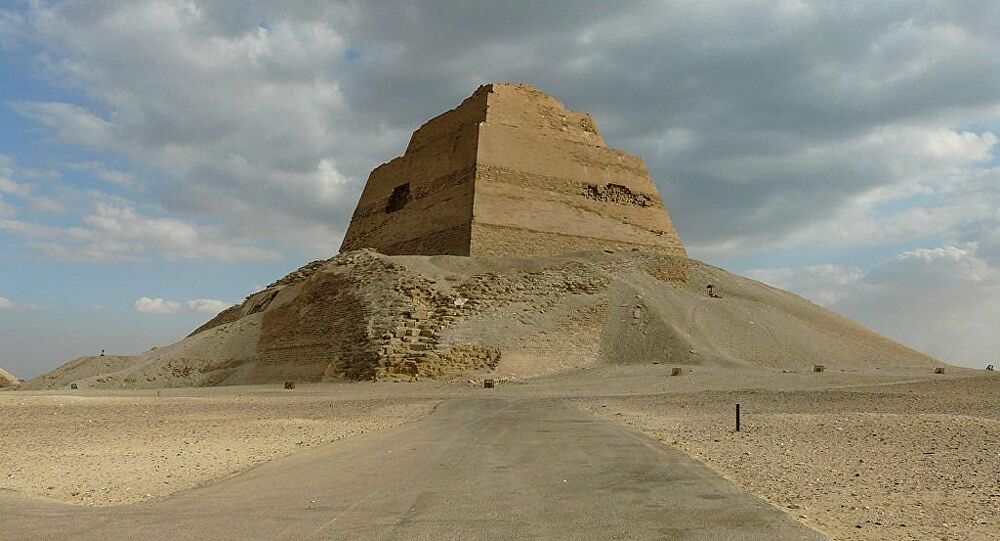
All that remains is a three-stepped tower/structure once inside the pyramid. Pharaoh Sneferu also completed this one, and it is believed that it also began collapsing during his reign. Historians theorize that this could be the reason for the change of angles in the Bent Pyramid.
The Mortuary Temple of Hatshepsut
The Mortuary Temple of Hatshepsut is one of the most spectacular ancient Egyptian megastructures. It was built over another temple dedicated to Amenhotep I. Much in the layout and decoration was borrowed from the funeral temple of Mentuhotep II. Both temples are located on three terraces, the horizontal lines combined with the porticoes’ vertical lines.
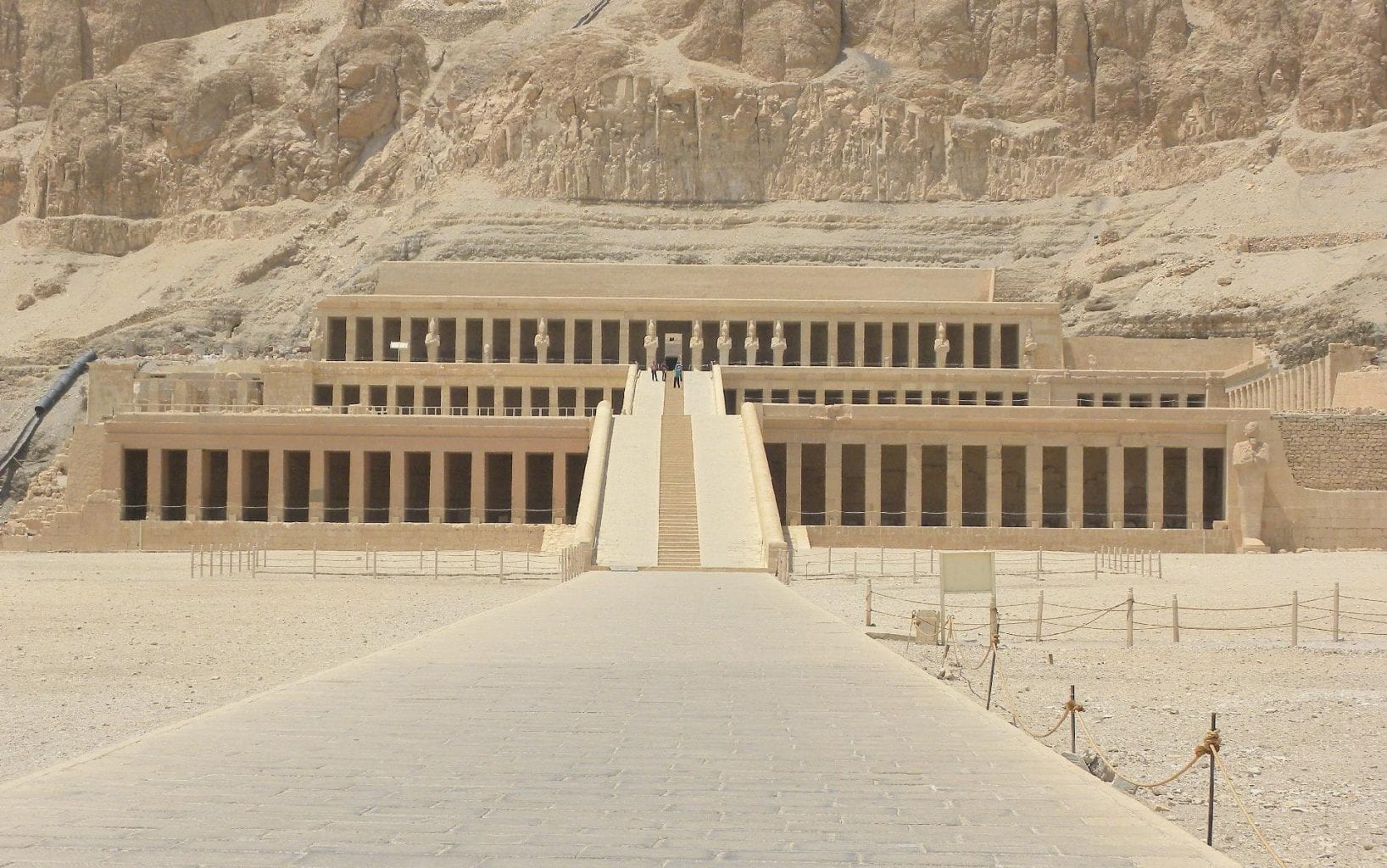
The surrounding rocky landscape emphasizes the austere appearance of the monumental structures. But unlike the Mentuhotep temple, there was no burial in the Hatshepsut temple, and its decoration was incomparably more luxurious.
The Temple of Horus at Edfu
Over the centuries, the Temple of Horus at Edfu remained buried 12 meters under the sand. Locals had begun building homes on top of the ancient Egyptian megastructure before it was identified by a French expedition in 1798.
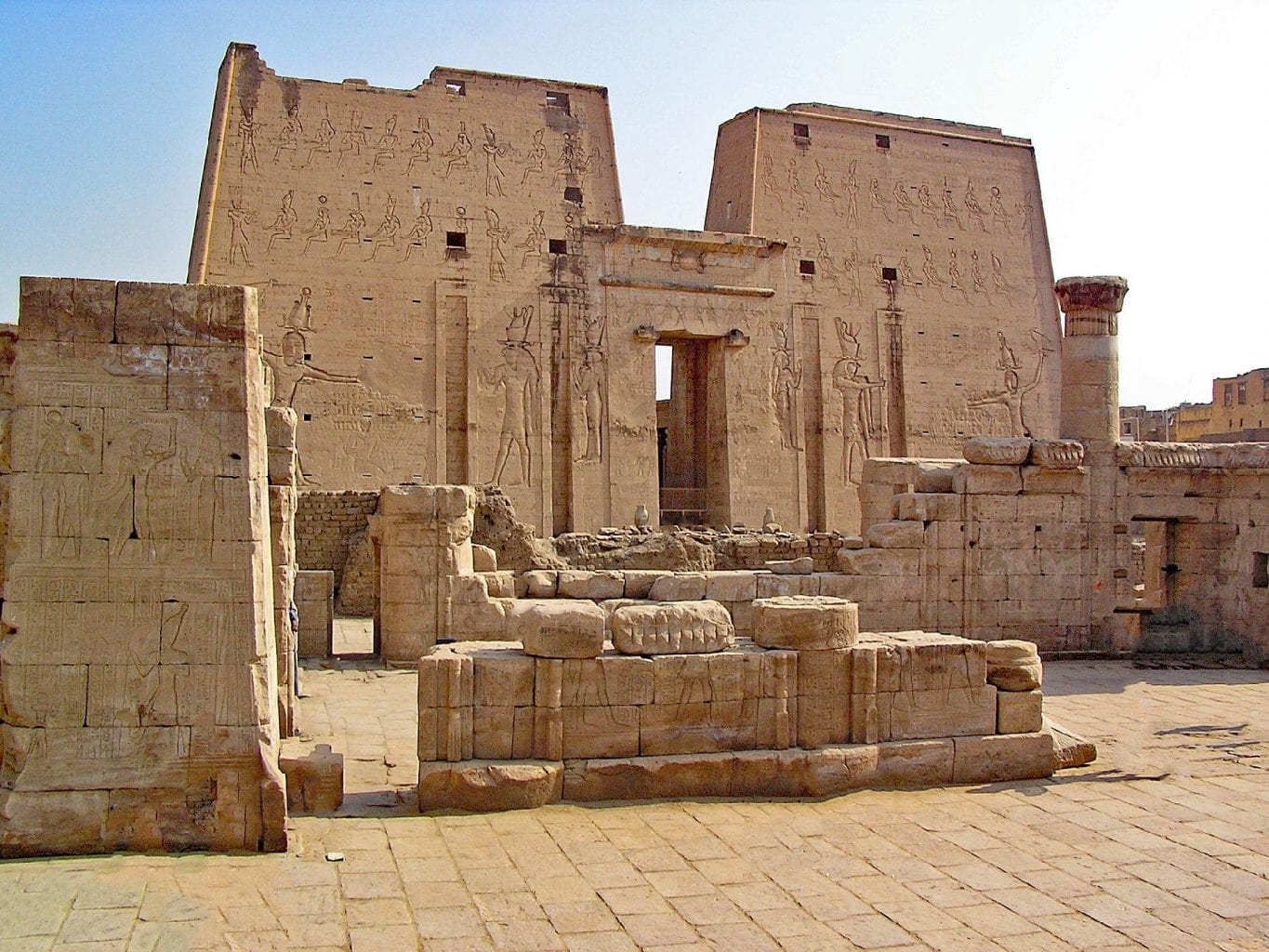
After excavating it more than 60 years later, it became clear that the Temple of Edfu was almost entirely intact. The archaeological value of this ancient Egyptian megastructure makes it one of the most popular historical landmarks in Egypt and a frequent stop for many of the Nile tourist cruises. The temple is the largest dedicated to the god Horus and Hathor of Dendera, and in ancient times was a center for worship and celebration.
Temple of Kom Ombo
The Temple of Kom Ombo has a unique design because it is a rare example of a temple equally divided into two halves. Each part was dedicated to a different god, while all the internal structures were completely symmetrical. It is believed that the current temple replaced an older one on the site, as reused blocks were found in its structure.
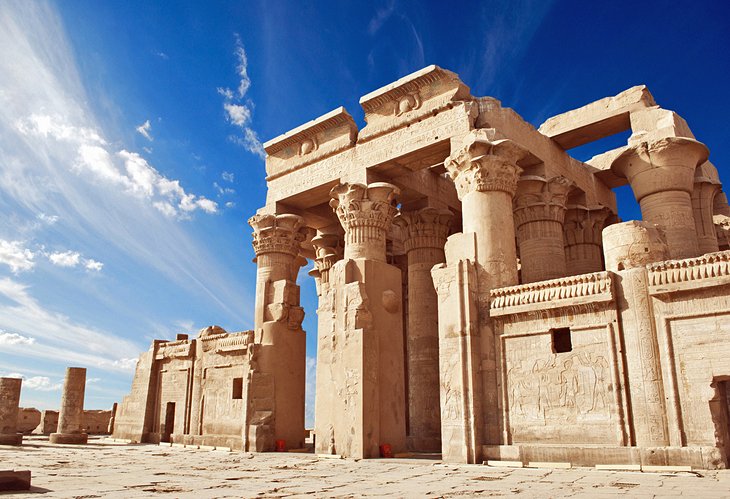
The temple is unusual because it is dedicated to two main deities worshiped in two halves of the temple building. The main deity of the northern half of the temple is Horus, the ancient Egyptian god of the sky, hunting, and war. The southern part of the Temple of Kom Ombo is dedicated to Sobek, the ancient Egyptian god of fertility. Often portrayed as a crocodile-headed man, Sobek is also considered the world’s creator.
Temple of Seti I
This temple has never been a religious center. Its purpose was purely political – to equate Seti I with the gods. Therefore, in the temple, in addition to sculptures of deities associated with resurrection, death, and the afterlife, there is also a statue of the pharaoh. Thus, the Ramses Dyansty (19th dynasty) legitimized its supposedly divine origin, although its first representatives were simple warriors.
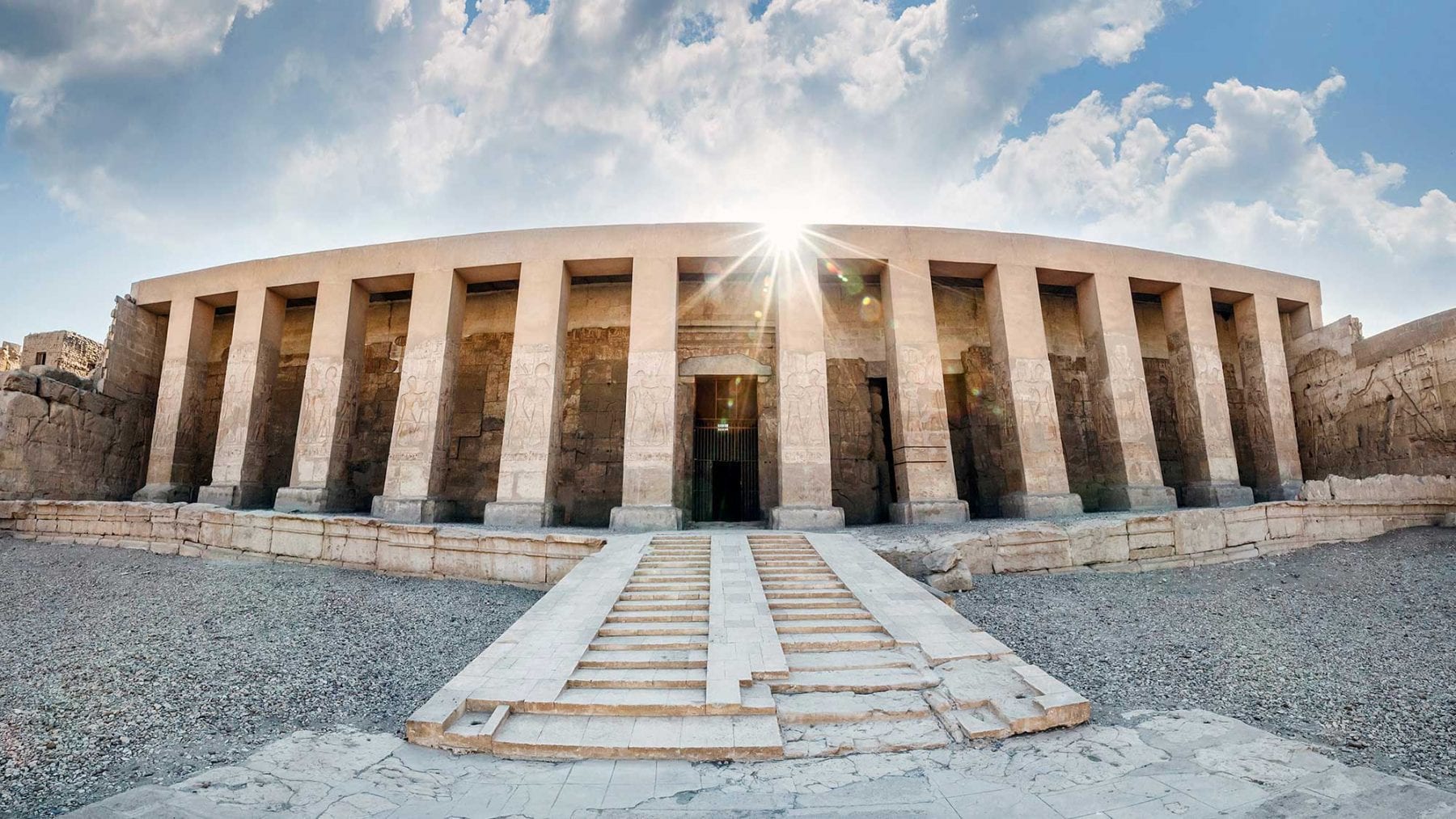
The Temple of Seti I in Abydos attracts tourists not by its colossal size but by the reliefs on the walls or rather by the incredible technique of their execution. According to many experts, these works of art are the finest in Egypt. In the masterpieces belonging to the era of the New Kingdom, one can see the return of artists to the canons of the Old Kingdom.
Temple of Hathor
The temple of the goddess Hathor is located just 52 miles north of Luxor on the west bank of the Nile. It is incredibly well-preserved and free of crazy crowds. Hathor is said to be the consort of Horus and is depicted as a cow or woman wearing cow horns and a sun disc.
Hathor is a significant figure in Egyptian mythology, hence the large temple dedicated to her. Unlike many other temples built for warrior gods or pharaohs, the Dendera Temple Complex celebrated joy, healing, and divine femininity.
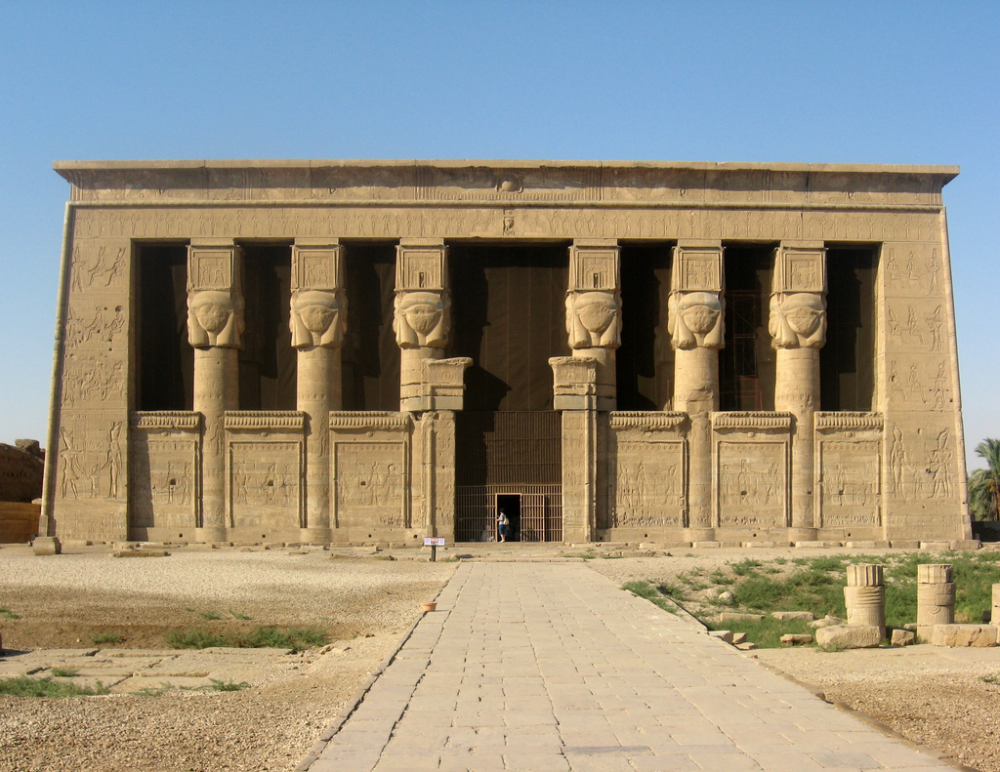
The temple is composed of several elements. The first is the Great Hypostyle Hall, with 18 columns decorated with the head of Hathor. These columns supported the roof with were divided into seven parts, each decorated with astronomical scenes. The second Hypostyle Hall consists of 6 columns with richly decorated capitals. Three small compartments on each side of the temple were used for storage. There are also an antechamber, a sanctuary, and underground chambers.
The temple also contains the controversial “Dendera Light” reliefs – carvings that some believe resemble giant electric bulbs. While mainstream scholars interpret these as symbolic depictions of lotus flowers and snakes, alternative theorists have speculated that they could indicate ancient Egyptian knowledge of electricity.
Notably, the crypts beneath the temple contain some of the oldest religious texts in Egypt, describing rituals, offering lists, and invocations to Hathor. These hidden chambers suggest that the temple was not only a place of public worship but also a centre for mystical and esoteric knowledge.
Colossi of Memnon
The Colossi of Memnon are two enormous statues depicting the revered Pharaoh Amenhotep III and installed at the entrance to the Memorial Temple of the pharaoh, which, unfortunately, is no longer standing. The height of the columns is about 20 meters, and they are composed of enormous sandstone blocks transported from more than 60 kilometers.
They originally flanked the entrance of Amenhotep III’s vast mortuary temple, which has mostly disappeared due to Nile flooding and stone repurposing by later rulers.
It is miraculous how the colossi survived, and the temple did not, but the overflowing water of the Nile is systematically destroying them.
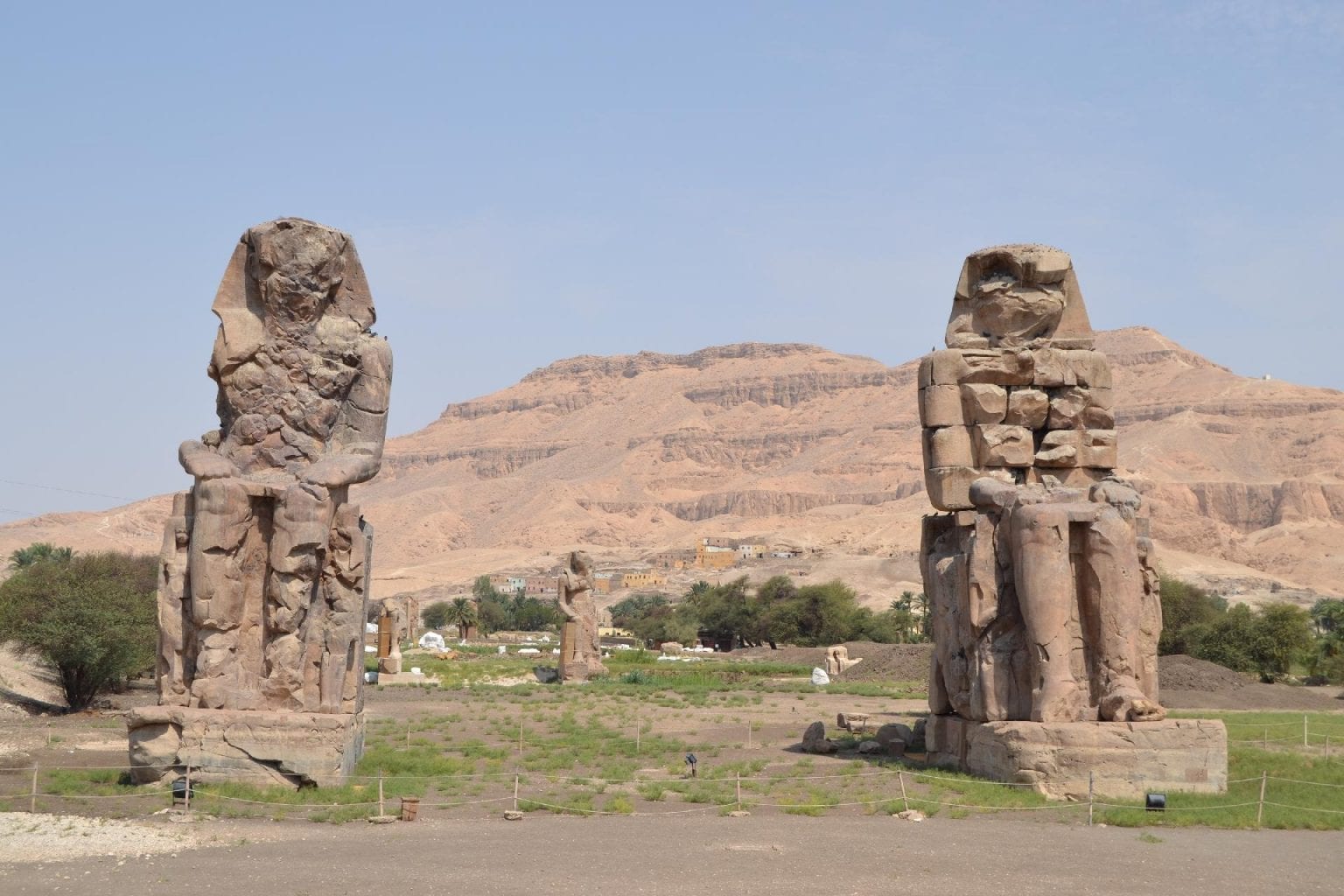
One of the most intriguing aspects of the Colossi is the mysterious “singing” phenomenon. In ancient times, visitors, including Roman historians like Strabo, reported hearing strange whistling or musical sounds emanating from the statues at sunrise.
This was believed to be the voice of Memnon, a Trojan War hero who, according to Greek mythology, cried out to his mother, Eos (goddess of the dawn), each morning.
Modern research suggests that these sounds were likely caused by temperature changes creating small cracks in the stone, producing vibrations as the sun heated them.
Temple of Esna
The 2,000-year-old Temple of Esna was opened by the French about 200 years ago under Napoleon. It is famous for its “astronomical” ceiling and unusual hieroglyphic inscriptions. These texts describe in detail the religious movements of that time and the cult events in the region. Their uniqueness is given by the fact that the texts are interconnected. In fact, the temple is decorated with one long chronicle, the creation of which, according to scientists, took about two centuries.
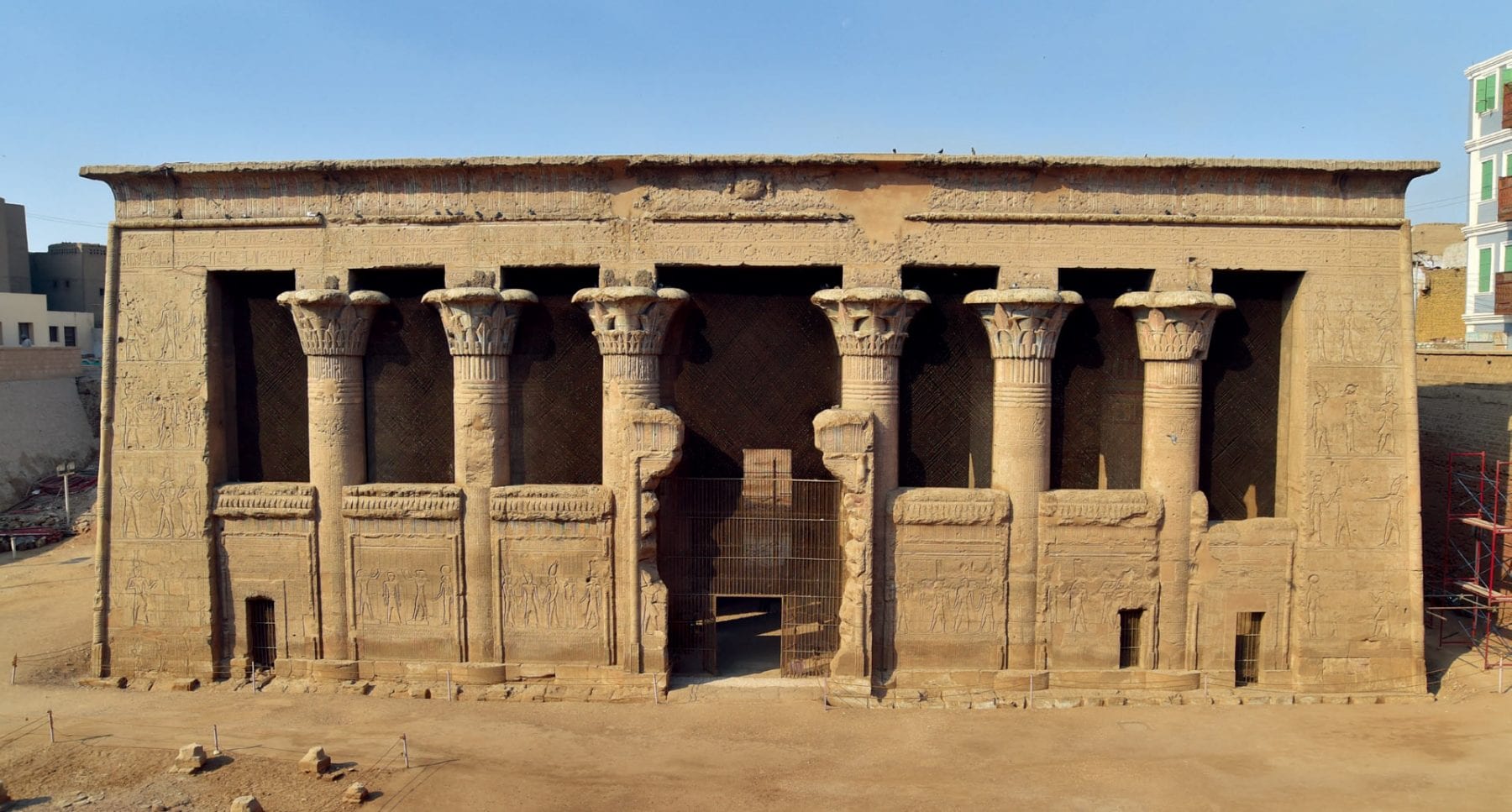
The temple also differs from other ancient Egyptian megastructures in its architecture. For example, a well-preserved vestibule called the pronaos has survived. The facility was built from sandstone. Its length was 37 meters, width – 20 meters, and height – 15 meters. The pronaos was located directly in front of the entrance to the temple, which was erected under the Roman emperor Claudius (41-54 AD). 24 columns supported the roof, and the capitals of 18 free-standing columns were decorated with various floral ornaments. According to Egyptologists, this is an absolute exception in Egyptian temple architecture.
Join the discussion and participate in awesome giveaways in our mobile Telegram group. Join Curiosmos on Telegram Today. t.me/Curiosmos
Sources:
• American Research Center in Egypt. (n.d.). The Mortuary Temple of Seti I in Abydos. ARCE.
• Encyclopædia Britannica. (n.d.). Pyramid. Encyclopædia Britannica.
• Kinnaer, J. (n.d.). The Ancient Egypt Site. Meidum Pyramid | The Ancient Egypt Site.
• Lonely Planet. (2021, March 17). Temple of Horus: Edfu, Egypt Attractions. Lonely Planet.
• Lonely Planet. (2021, March 17). Temple of Kom Ombo & Crocodile Museum: Kom Ombo, Egypt Attractions. Lonely Planet.
• Mark, J. J. (2021, May 12). The Temple of Hatshepsut. World History Encyclopedia.
• University of Tübingen. (2021, April 20). The temple of Esna in full color. NewsFullview-News | University of Tübingen.
• Wikipedia. (2021, February 7). Dendera Temple complex. Wikipedia.
• Wolfe, K. (2018, March 7). The Singing Statues of Ancient Egypt. Atlas Obscura.



